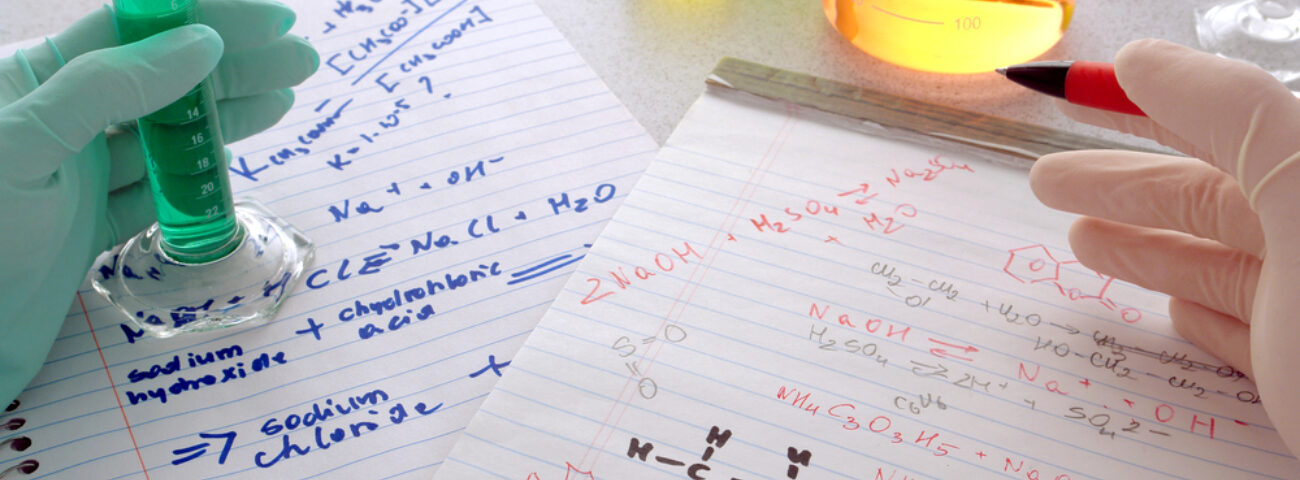Nonstick Coating Myths

Myth 1: Aren’t all “nonstick coatings” basically the same?
Absolutely not. Coatings are tremendously different, between how many layers are present (1, 2, or 3), as well as if they are reinforced or not. Further, a coating may be comprised of PTFE or silicone, each of which has differing attributes.
Myth 2: Nonstick coatings are not durable.
This may have been true in the 1960’s and 1970’s, however this is simply not true anymore. Today, given the vast array of technological improvements in coating technology, nonstick coatings can last for decades. This fact is evidenced by the lifetime warranties that are common on many high end housewares products. Of course, over time all nonstick coatings will show wear, particularly if metal utensils are used.
Myth 3: Nonstick coatings contain PFOA.
Nonstick coatings very rarely contain PFOA anymore, even in liquid form. In the few cases of old generation PTFE technology that still contains PFOA, that PFOA is destroyed completely in the curing process. Therefore, it is a physical impossibility that a PTFE coated surface on a piece of cookware contains PFOA.
Myth 4: If I accidentally eat a small piece of a nonstick coating, I will be harmed.
False. Nonstick coatings are made with ingredients that are carefully monitored by the US FDA for food safety. Any small piece of coating ingested will safely pass through your system with no impact whatsoever.
Myth 5: Coatings cannot be “metal-utensil safe”.
Today, many consumers safely and happily use metal utensils on nonstick coatings with no issues. The problem is when there is an expectation about “perfection”, because all coatings will eventually fail over the years. Modern coatings can be used with light scraping of metal tools with very little degradation.
Myth 6: Nonstick coatings cannot be used in the dishwasher.
Most nonstick coatings are totally dishwasher safe. PTFE coatings will last for years and years in a standard dishwasher. Silicone coatings (for bakeware) will reduce in food release performance after being used frequently with a dishwasher. However, the coating should not be physically degraded by a dishwasher unless it has been severely scraped in advance.
Myth 7: Nonstick coated pans cannot be placed in the refrigerator.
This is not true. Nonstick pans can be placed in the refrigerator (or freezer) indefinitely if so desired in order to store cooked or leftover food with no harm to the coating.
Myth 8: If a nonstick coating is scratched slightly, it is ruined.
This is not the case. While the small gouge or scrape may be unsightly, it certainly will not render the product useless. As long as the majority of the coating is present on the bottom of the vessel, it will perform very well.
Myth 9: The weight of the pan has no impact on the coating performance.
This is not true. In many cases, the same coating applied upon two different gauge pans will perform differently. This may be due to differences in heat distribution, hardness, or pretreatments.
Myth 10: I need to always season my nonstick pan.
This is not true. In the past, seasoning was quite prevalent with inferior coatings, but in the modern technological era it is not necessary. To be sure, seasoning a pan will increase the immediate food release due to the presence of oil, but it is not a necessity.
Myth 11: Nonstick coating testing can predict a pan’s life performance.
It is impossible to determine exactly how a given pan will be used in a given consumer kitchen. Therefore, despite a litany of quality tests, no one test can predict anything with certainty about performance. Coating performance tests are much better at gauging relative performance versus absolute performance, and need to be viewed through a probabilistic lens. Please visit our R&D section for information about all of the tests we conduct.
Myth 12: Burnt food will ruin my coating.
Most of the time, by soaking in soapy water, burnt food will eventually come off. If you have a permanent patina of residue on your pan, it may be time for replacement.
Myth 13: It’s not safe to use nonstick cooking sprays on nonstick cookware.
This is false. We (obviously) believe that these sprays are definitely unnecessary, but it does not mean that they cannot be used. The downside of these sprays is that they will eventually cause a layer of film to develop on the surface of the coating, which needs to be carefully cleaned off. If this layer is not cleaned, the performance of the coating will be inferior.









